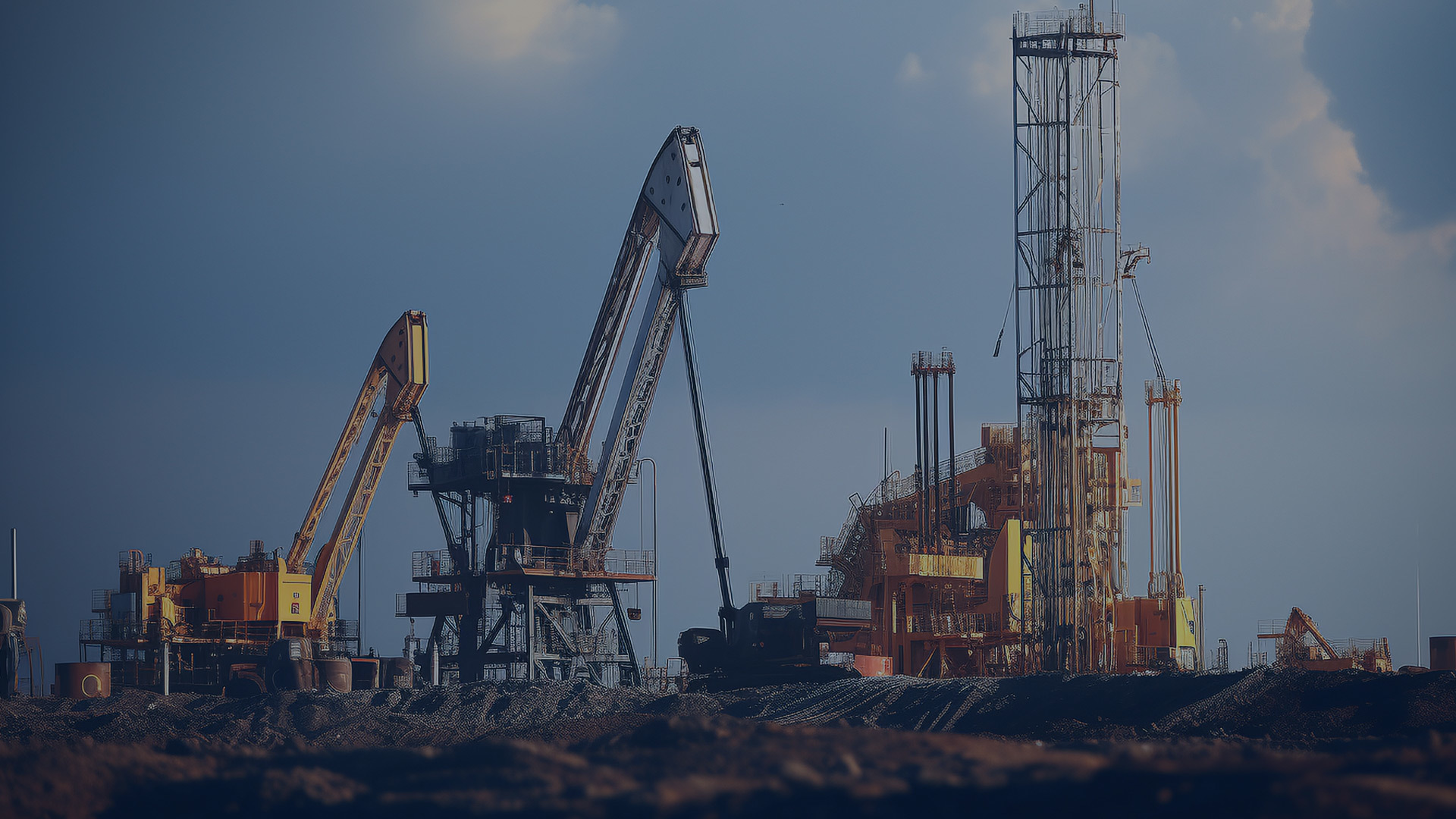Product Details
Conductivity Cone
Resistivity is a basic parameter that characterizes the electrical conductivity of the soil and is one of the inherent characteristic parameters of the soil. It depends on the porosity, pore shape, pore liquid resistivity, saturation, water content, solid particle composition, directionality, and cementation state of the soil. Therefore, resistivity can reflect some special properties such as liquefaction of foundation, porousness, and density of soil.
Key words:
Classification:

Email:
Conductivity Cone
Test Parameter: conductivity (resistivity)
Test Range: 0.4~10000 Ωm
Test Accuracy: better than 2 %
Temperature: -2~40℃
Cone: 5cm², 10cm², 15cm²
Note: It can be used alone or in combination with conventional CPT cones, and a special drive converter needs to be configured separately when connecting with the data acquisition instrument.
Background Knowledge:
Resistivity is a basic parameter that characterizes the electrical conductivity of the soil and is one of the inherent characteristic parameters of the soil. It depends on the porosity, pore shape, pore liquid resistivity, saturation, water content, solid particle composition, directionality, and cementation state of the soil. Therefore, resistivity can reflect some special properties such as liquefaction of foundation, porousness, and density of soil.
Since hydrogen ions(H+)and hydroxide ions(OH-)have the highest conductivity, the detection of strong inorganic acids, hydroxides, and their inorganic salts in the soil can be easily realized by the conductivity cone. For example, it is used for indirectly obtaining the pH value of the soil and identifying the increase of the concentration of nitrites, nitrates, sulfates, calcium or magnesium compounds, or the concentration of heavy metal. Furthermore, although a direct survey of hydrocarbons is not possible, a survey of their derivatives is. Thus, soil conductivity testing can be used to monitor soil and groundwater contamination caused by industrial pollution and solid waste.
Previous Page
Wave Velocity Cone
Next Page
Previous Page
Next Page
How can we help?

